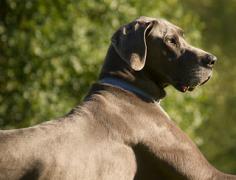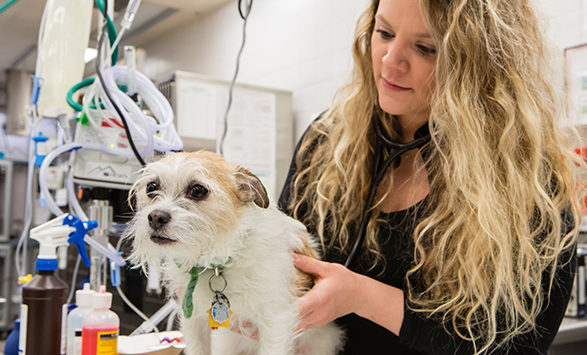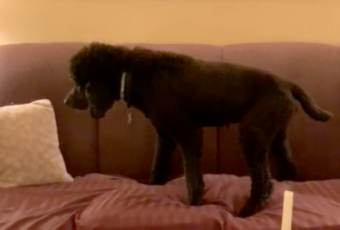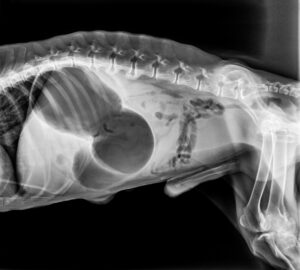Bloat in Dogs

Background
Bloat is a life-threatening condition that affects a dog’s stomach. The term is used colloquially to refer to two stomach disorders: gastric dilatation (GD), where the stomach fills with gas; and the more serious gastric dilatation and volvulus (GDV), where the stomach fills with gas and then twists on itself.
Both conditions can cause shock because the distended, gas-filled stomach obstructs blood flow. However, gastric dilatation can be relieved by emptying the stomach while gastric dilatation and volvulus (GDV) requires emergency surgery to untwist the stomach and save the dog’s life.
Risk Factors
Bloat can affect any dog, but large and giant size dogs, dogs with deep chests, and certain breeds are more prone to it. These breeds include:
- Akitas
- Basset hounds
- Boxers
- Doberman pinschers
- Dogues de Bordeaux
- German shepherds
- Gordon setters
- Great Danes
- Irish setters
- Labrador retrievers
- Old English sheepdogs
- Rhodesian ridgebacks
- Saint Bernards
- Standard poodles
- Weimaraners
Loss of life can occur anywhere from a few minutes to a few hours. Bloat can be corrected if caught early, so it is important to know the signs and act immediately.
Signs
The signs of bloat include:
- Swollen stomach
- Unproductive vomiting
- Excessive drooling
- Panting
- Pacing around the room
- Some dogs may whimper or whine in pain
It is important to know that not all dogs with gastric dilatation and volvulus (GDV) will exhibit all of these signs and that even the most common signs of GDV aren’t always easy to recognize. If you suspect bloat, take your dog to your veterinarian or to an emergency hospital right away. Time is of the essence.
Treatment
In the emergency room, the urgent priority for a dog with bloat is deflating the stomach. This may involve inserting a tube down the dog’s throat and into his stomach. If the twisting of the stomach is too severe for a tube to pass through, a large, hollow needle may be inserted directly into the stomach through the skin. Air in the stomach can then escape through the needle to relieve the pressure.
After the stomach has been deflated, surgery may be needed to correct the twisted stomach. During surgery, a specialist surgeon will move the stomach back to its normal position and tack it in place to prevent future twists. The surgeon may need to remove parts of the stomach or the surrounding organs since the distention and twisting of the stomach may have caused damage to the blood supply of other organs such as the spleen.
Prevention
If your dog is large or giant size, has a deep chest, or is one of the at-risk breeds mentioned above, you may want to discuss prophylactic gastropexy with your veterinarian. This minimally invasive procedure involves tacking the stomach in place and is often performed when a dog is spayed or neutered. This surgery does not prevent gastric dilatation (GD), but research has shown it to be effective in preventing the more serious gastric dilatation and volvulus (GDV).
Some veterinary researchers have associated once-daily feeding and eating too quickly with bloat; dividing your dog’s food into two daily portions and serving the meal in a feeding toy or a slow-feeding bowl may decrease the likelihood of bloat occurring.
Make an Appointment

































